Joseph Minek is an artist based in Cleveland Ohio. Joseph received his Masters of Fine Arts degree in Photography & Film from Virginia Commonwealth University and his Bachelor of Fine Arts degree in photography from the Cleveland Institute of Art. He has exhibited his work nationally in spaces such as the Cleveland Museum of Art, Photostop Gallery, and Capital One Headquarters. Joseph is currently focusing on his studio practice dealing with the possibilities of photographic material.


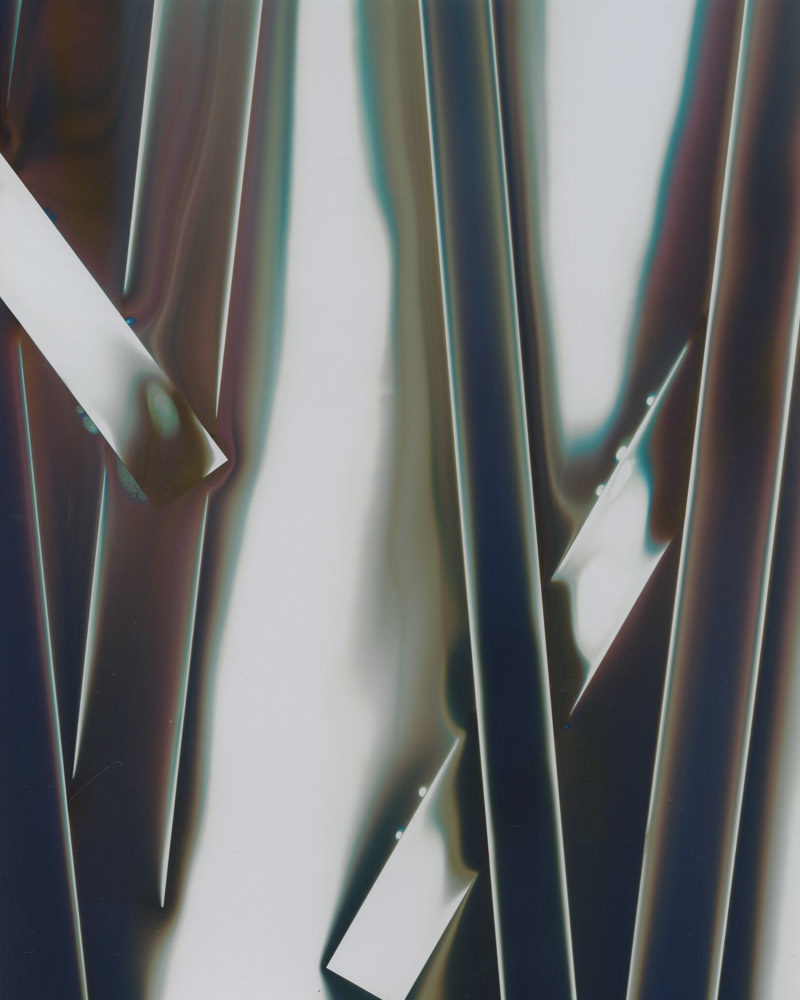
A-B: Yo! Thanks for taking the time to give us a little insight into your work Joe! For those who may not be familiar, could you give us a little background on your process?
JM:I use RA-4 paper (mainly Kodak Premiere Endura Metallic Photo Paper) and a variety of photographic chemicals (both color chemistry and black and white). I start by opening the paper in light, rendering the whole roll useless for its intended purpose of making a traditional photograph. From there I take the paper and apply chemicals in various ways by rolling and dipping the paper in the chemistry or using an eyedropper, squeegee, or spray bottle to essentially draw on the paper with chemistry. After this I fix, wash and dry the piece.

Looking at some of your older work, the colors seem much more subdued compared to some of your these new pieces. Was this a specific direction or was this a natural progression in regards to materials?
A natural progression. A majority of the earlier works were done on different paper which had more subdued tones. The metallic paper allows for more control on the vibrancy and tone of each piece. The chemicals used only give me two colors. From there I had to start figuring out how I could mix them in order to create more. Every day in the studio I’m still learning new things about the material.

That’s awesome, it seems very much like some sort of controlled chaos. That said there is a large variety in the formal qualities throughout the work, some of them end up looking like landscapes but then you also have more abstract pieces. Are you thinking in terms of an art historical context when you’re creating new pieces? I ask because technicality of photo-processes and fluidity of abstract expressionism are so counter to each other, and yet in your images it just works.
It is a sort of controlled chaos. I would say I have about 90% control over the pieces, leaving that 10% open to the fluidity of the chemistry. I do think in an art historical context when making, mainly about the relationship between painting and photography. They might seem counter to each other but are completely entwined.
There are so many influences within the work. Anywhere from early experiments with photography to ab-ex, minimalism, and color field painting. Also contemporary photographers / painters such as Gerhard Richter, Jacob Kassay, Wolfgang Tillmans, Alison Rossiter. Too many to name. The works have a push and pull between photography and painting. While the aesthetics are mostly painterly, they stay in the realm of photography through the flatness of paper (they cannot build up like painting) and the glossy metallic surface. Spatial relationships become important as I try to create the illusion of depth within certain pieces (the more representational works).

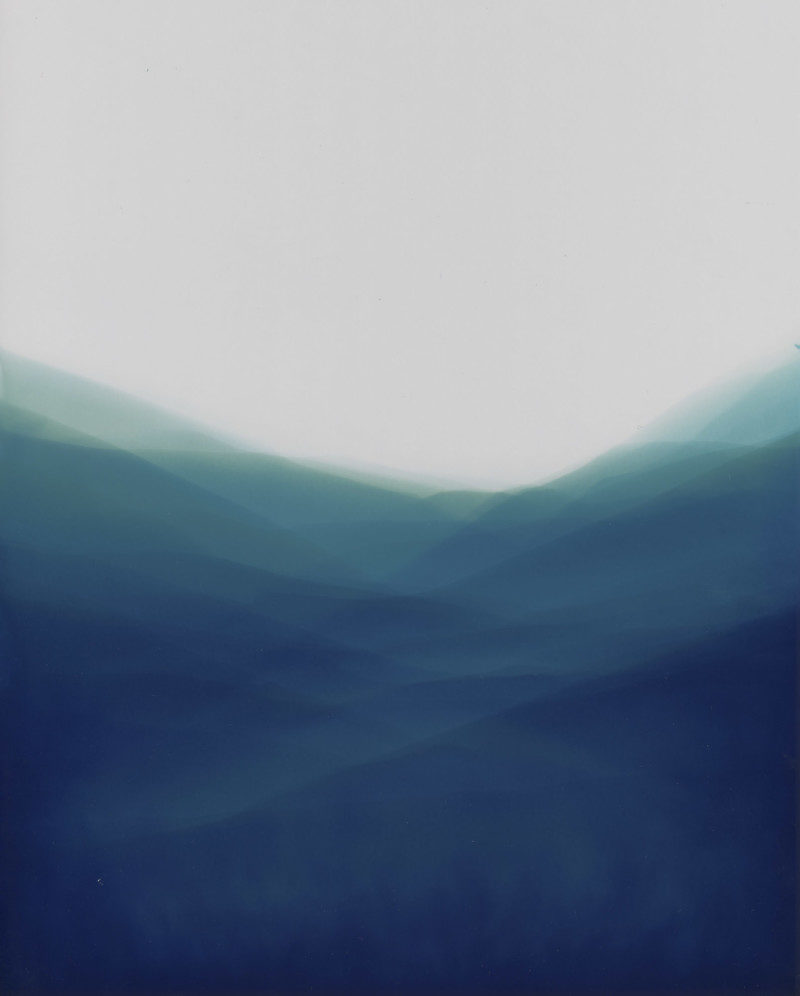
You create so much work, with many pieces ranging from 8 x 10 all the way up to several feet in length, how do you go about choosing how to work with the paper and chemicals at these various sizes? Does the size dictate the outcome of the piece; I’m thinking back to how some look like landscapes, and the newer, larger, works are more linear.
Size definitely dictates the outcome of the pieces, mainly due to the size of the sink, trays, and tanks. I will usually go into the studio with a new idea of application for the chemistry and test it on smaller pieces of paper. Once I have figured that out I see if it works on a larger scale.
Work large creates many challenges. First the paper is very thin and delicate, making it susceptible to scratches and dings. I work as carefully as I can but the are always little scratches that happen, at first I would get upset by them but have realized it’s part of how I work.
The landscapes are quite difficult to make large, mainly due to needing a larger space, plus I have been really drawn to hard edge abstraction as of late.
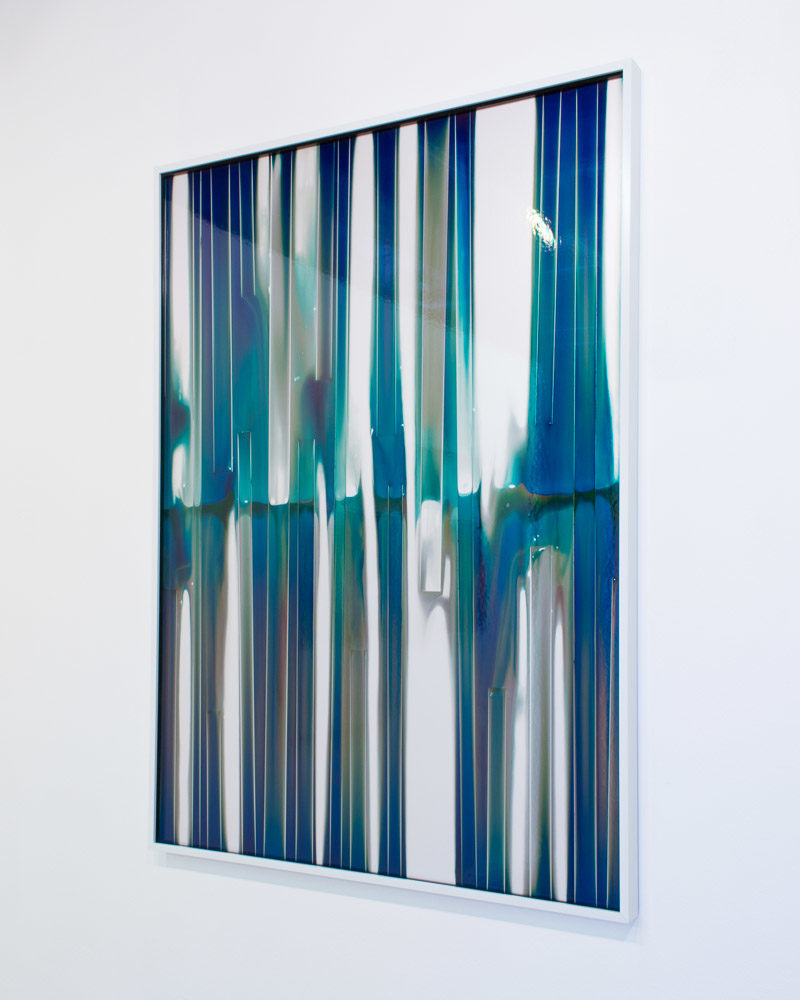
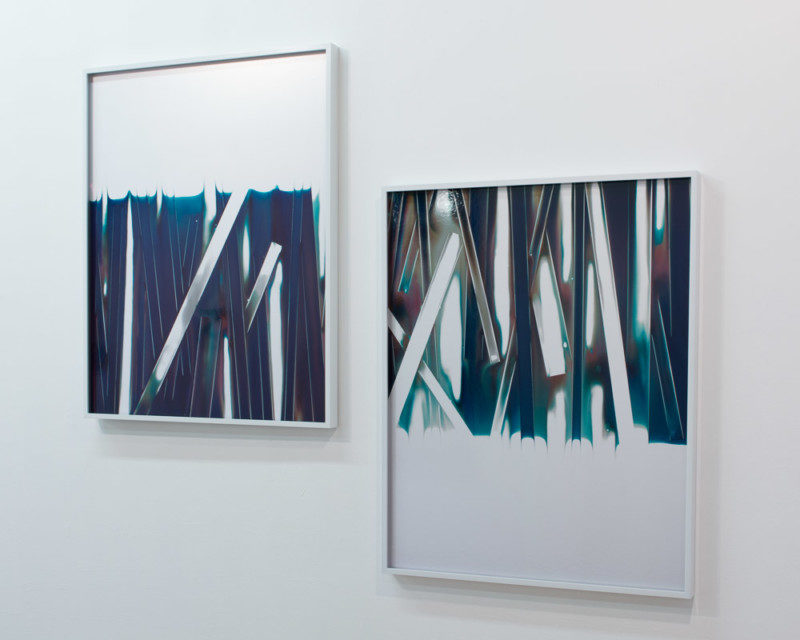
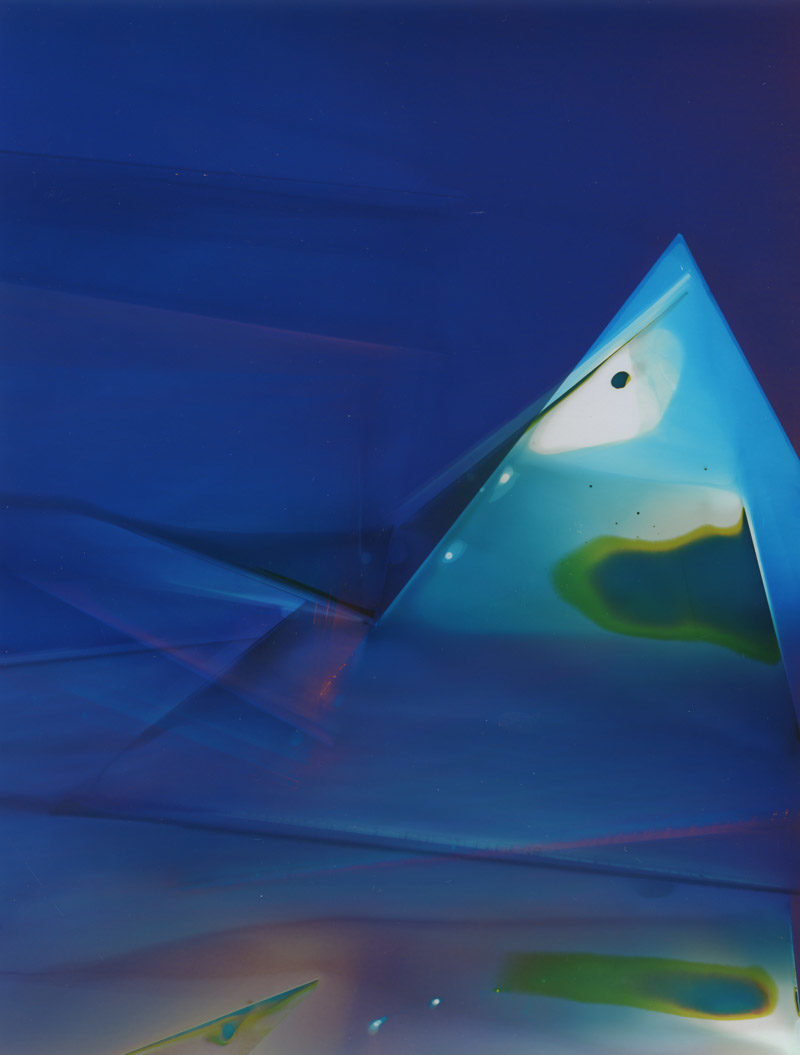
Being a northeast Ohio native myself, I’ve always been meaning to ask why you stuck around that area. I feel like a lot of people try to get out; is it a place where you feel compelled to make work or is it the growing art scene, perhaps?
The idea of staying, or actually coming back, to Cleveland was just the logical step. I have family here and was able to start teaching right out of grad school, giving me a somewhat stable income. Also, studio space/cost of living is decent. I couldn’t imagine living in a larger city and having to work 2-3 jobs to survive.
The art scene, and the whole city, is growing. This year is the Front Triennial, which is going to be great to see all the works. Plus all the institutions are always having great exhibitions. The art community is amazing here.
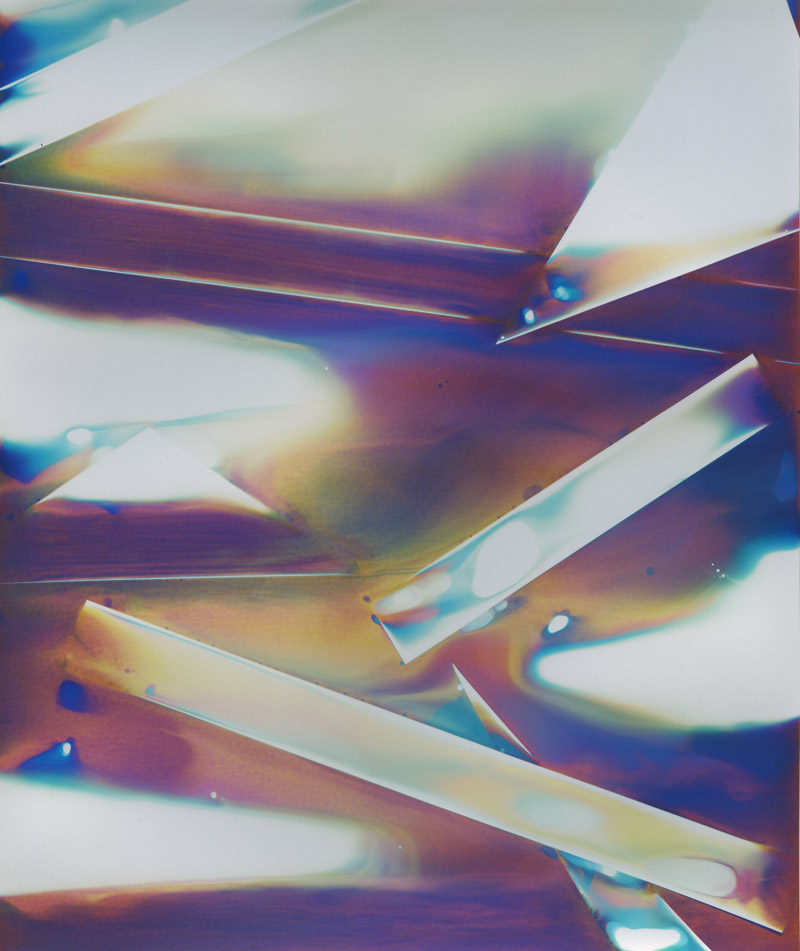
Can’t get through this interview without bringing up skateboarding. Last fall you had your third graphic out with our buddies over at Colony Skateboards, what dictated the final choice for which piece to use?
The final choice for the piece came after a long back and forth with Kyle Knutson, the owner of Colony. I wanted to make another limited board for my solo show in Cleveland, and wanted it to be a full graphic unlike the last board. In the studio I started making pieces specifically for this, 9″x35″. I felt that the work was the best representation of the direction the work was heading, due to the colors and marks.
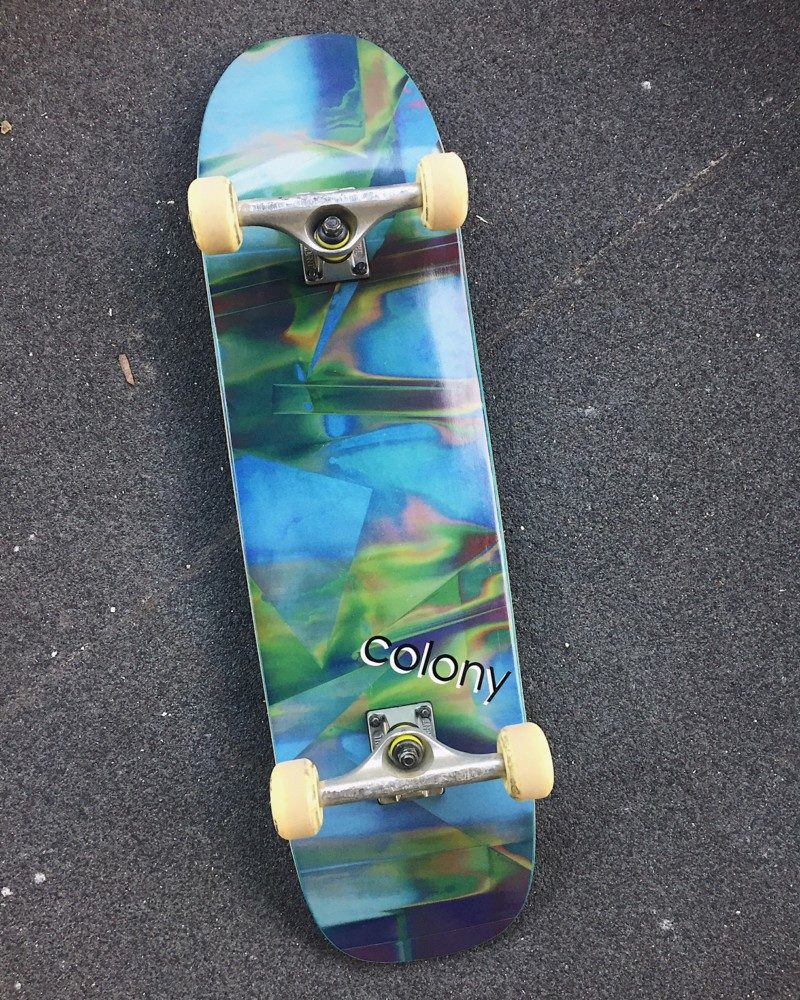
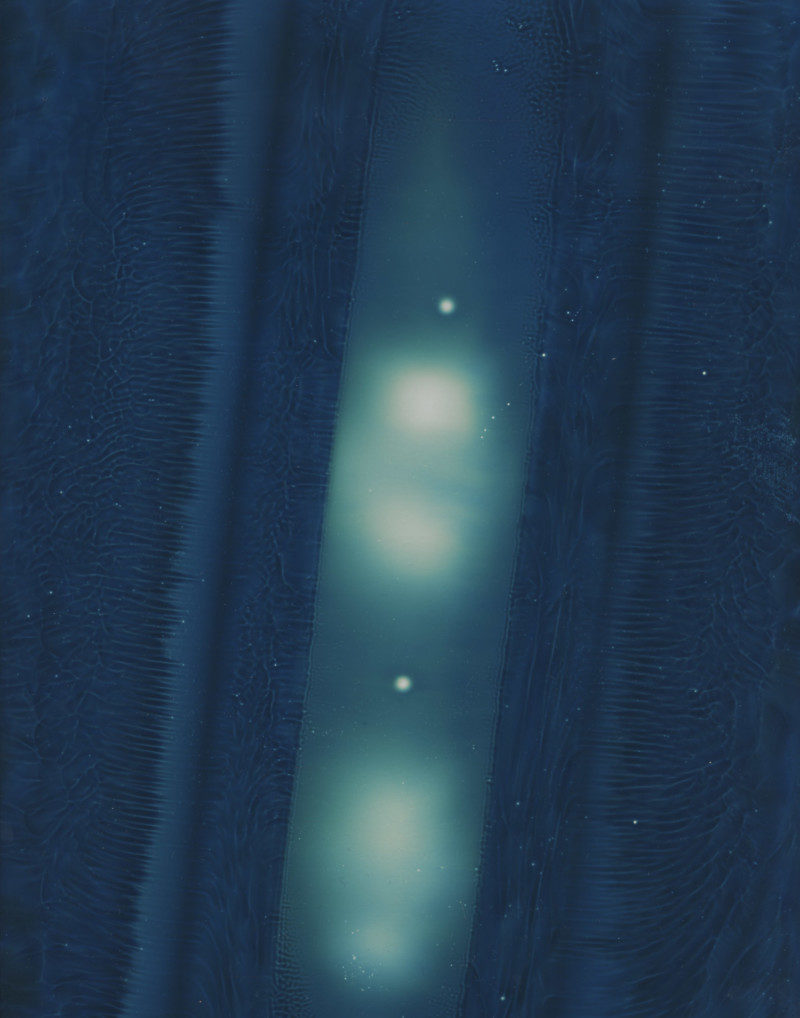
You mentioned that you recently shipped out some work to Germany, which is insane! What else has been happening? Do you have any shows that we should be looking out for?
Yeah I shipped out some new works for “Much Light: Contemporary Positions of Abstract Photography” at Galerie Kornfeld in Berlin, opening January 19th. Also opening around the same time is Gallery 1of1’s new space, which they are doing a look back through all of the artists they have shown.
I have been busy as of late. Back in October I had the show mentioned above at Forum Artspace in Cleveland titled “Remnants”, and two others, a solo show titled, ” No Poetic Device” at Denny Gallery in New York, and a two person show with Robert Calafiore at Gallery 1 of 1 in Seattle.
Other than that just making some new works, playing with a series of collages, and getting set for the semester to start.

Any last words, people you want to shout out?
Laura and Fred Bidwell, Lauren Davies, Denny Gallery, Gallery 1of1, Lisa Kurzner, Mike and Karl at Forum, Colony Skateboards, and Peter Cohen for believing in the work and helping me get it out into the world. Barry Underwood, Sarah Kabot, Jerry Birchfield, Stephan Heyne, Jeffrey Cortland Jones, Kaetlyn McCafferty, and anyone else who has helped me with any aspect of making the work. I know I’m forgetting a bunch of names.
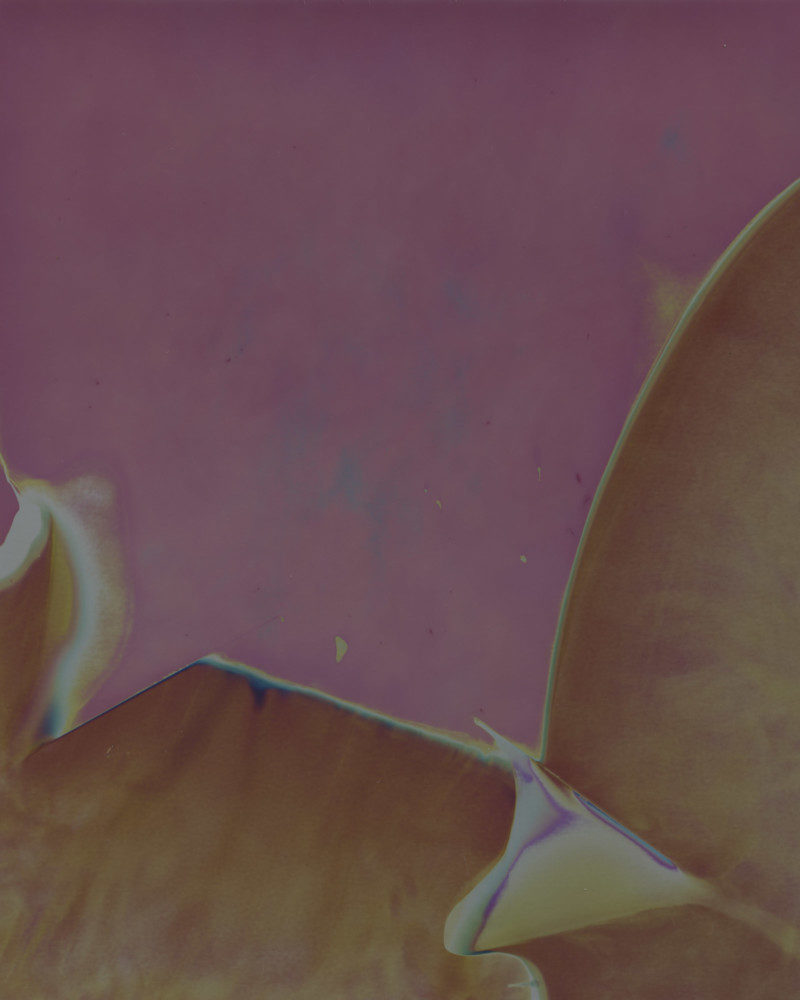
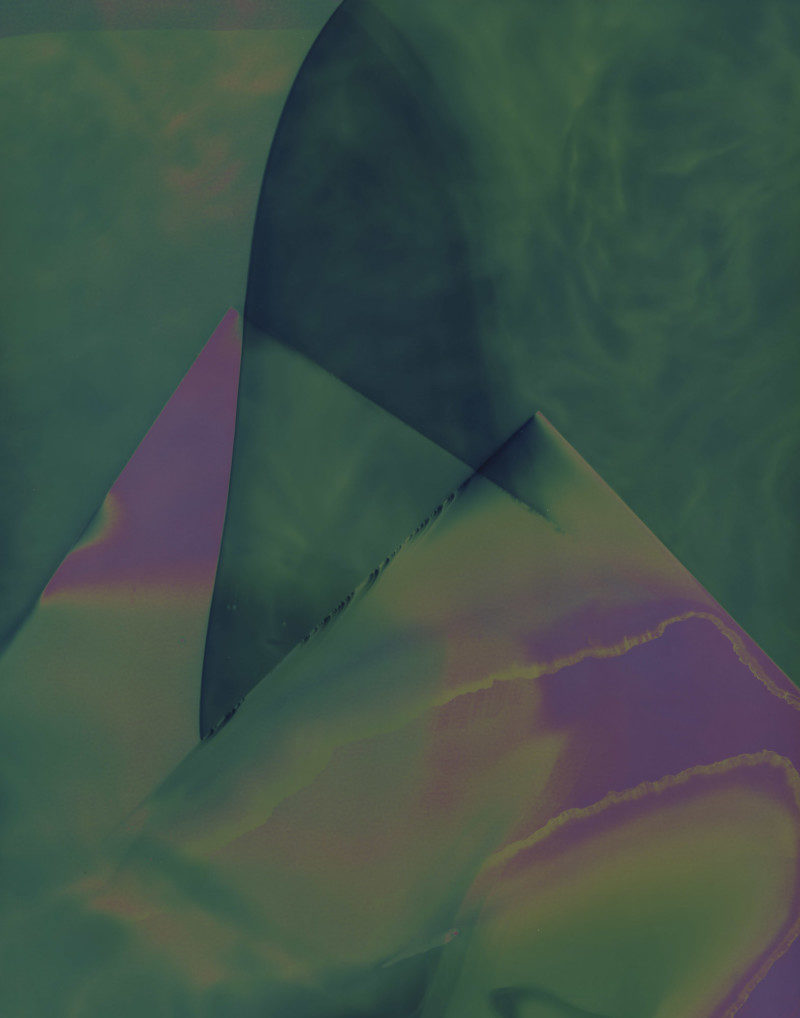
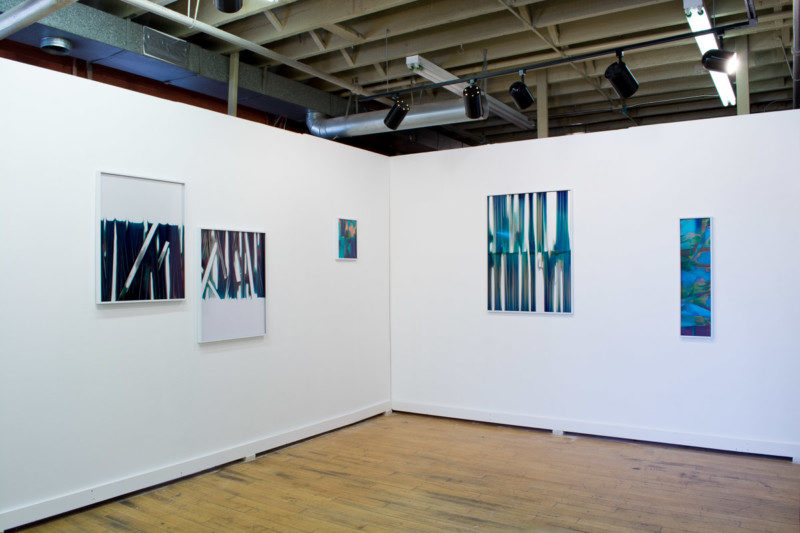
To view more of Joseph’s work, please visit his website, and follow his process on Instagram.